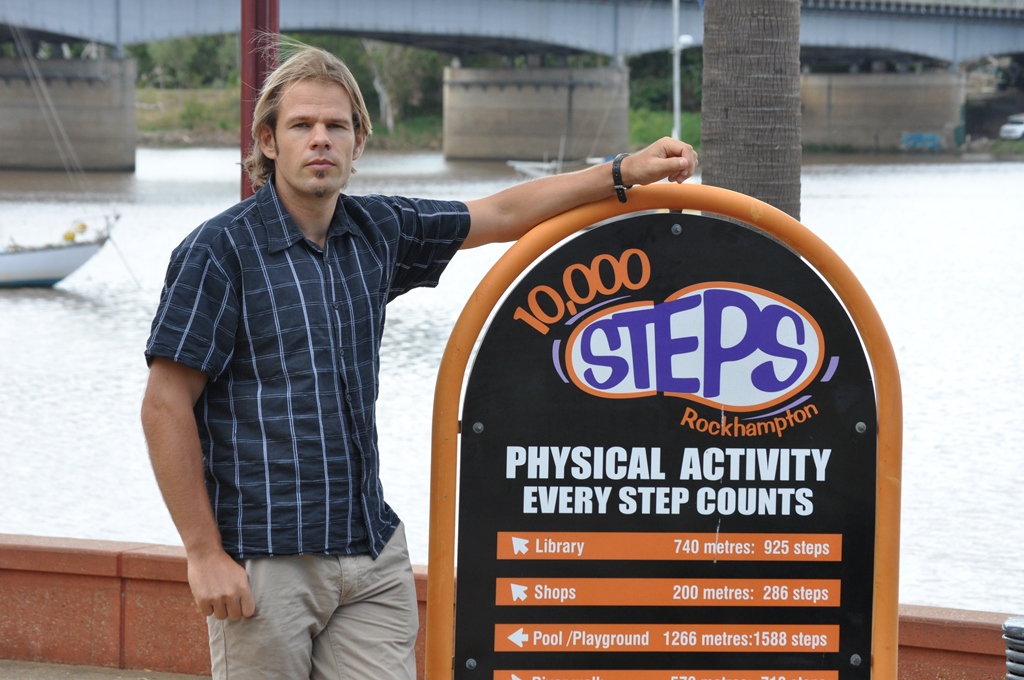
10,000 STEPS TO BETTER HEALTH
From its humble beginnings in Central Queensland in 2001, the 10,000 Steps project is now recognised as an effective local health promotion activity both nationally and internationally. Its resources and research have been adopted worldwide with similar projects now in countries such as Canada and Belgium. Coupling the 10,000 Steps message; taking 10,000 steps every day is good for your health, with Australia’s National Physical Activity Guidelines (which recommend accumulating 150 to 300 minutes of moderate intensity physical activity each week), the effectiveness of the project is evidenced by the ongoing support of different levels of government, as well as the ever increasing number of individuals and communities embracing the concept. Together members log 4.3 million steps on the program’s website every day while undertaking an Individual Steps Challenge or participating in a Workplace Steps Challenge. The concept is a simple one. The aim is to increase the day-to-day activity of individuals by encouraging the use of a step-counting pedometer to accumulate incidental physical activity on a daily basis. These steps can be measured over an entire day or at one or more specific instances. The beauty of the project is that almost anyone can take part without having to commit to strict fitness regimes. While 10 000 steps is the recommended daily minimum amount, individuals can easily perform more or less depending on age and general fitness levels, all the while accumulating their steps and improving their health. 10 towns across Australia now identify themselves as 10,000 Steps towns.
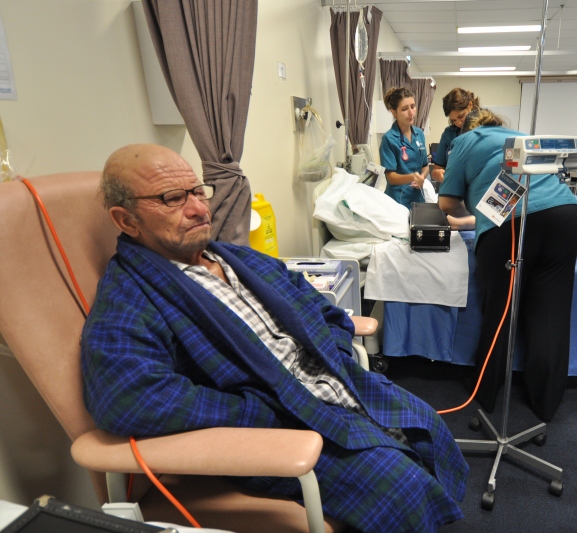
MASK-ED™ AND PUP-ED EXPLORING THE POSSIBILITIES
Mask-Ed™ stands for masking the human educator and the education process, while the acronym KRS represents knowledgeable, realistic and spontaneous simulation. An extension of Mask-Ed, Pup-Ed puppet educator), uses puppets in a similar fashion. Both Mask-Ed™ (KRS Simulation), which was first created in 2008, and Pup-Ed (KRS Simulation) offer unique and innovative approaches to teaching and learning.Both techniques were created at CQUniversity by Professor Kerry Reid-Searl and are now gaining national and international recognition for their value in learning and teaching. The key concept of Mask-Ed™ is that the simulation device takes training to a new dimension because the work is done on a real person, who is also the educator. Simulation learning facilitates critical thinking, reduces the risk element to actual patients and enables the educator to provide real-time feedback to their students. Local, national and international workshops are delivered regularly, with participants from across all health disciplines. Mask-Ed™ (KRS Simulation) has been trademarked and patents exist on some of the silicone props. More than 20 delivery sites now exist throughout Australia, the United States of America, the United Kingdom and New Zealand. Organisations taking up Mask-Ed™ are in the areas of nursing, physiotherapy, occupational health and safety, paramedics, psychology, speech therapy and medicine. The growing success of these techniques are further evident in the extensive teaching awards, invited key note addresses and research findings that confirm the positive impact on learners and users.
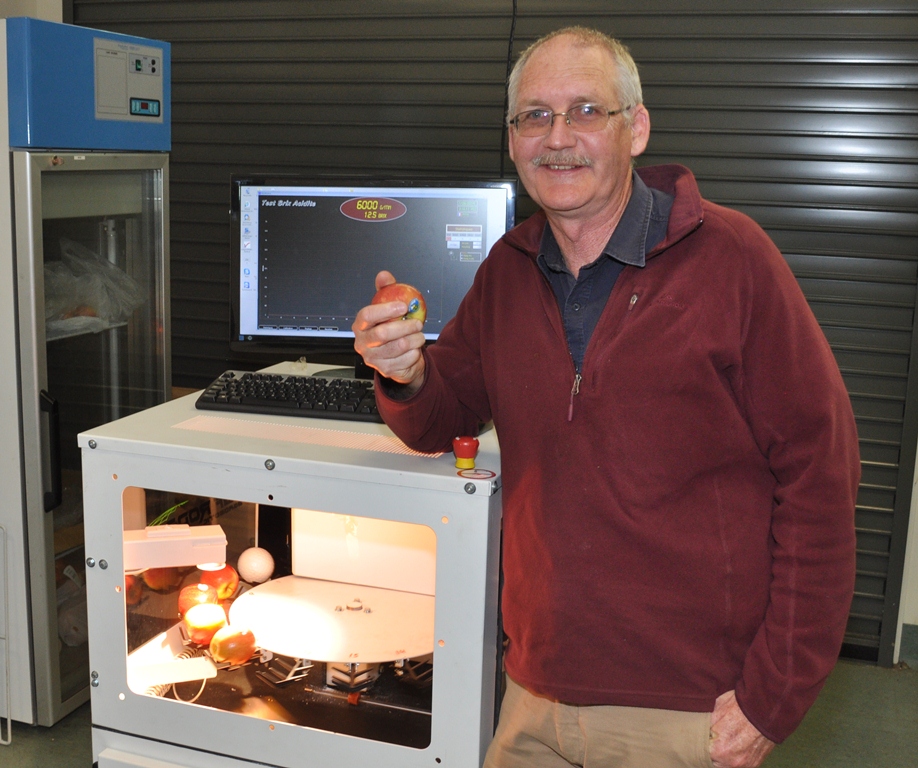
NEAR INFRARED SPECTROSCOPY IN FRUIT QUALITY ASSESSMENT
A century ago, harvested fruit were graded by human visual inspection and sorted on their perceived quality. A new approach discovered a couple of decades ago from local fruit growers has resulted in the development of technology with worldwide application in the more accurate grading of fruit quality. Non-invasive devices using near infrared spectroscopy (NIRS) have been successfully developed in collaboration with various manufacturers and funding sources to improve the overall quality of fruit. Research undertaken at CQUniversity, led by Professor Kerry Walsh, has translated the theoretical potential of NIRS to commercial practice and explored related agronomic issues relevant to the production of quality fruit. To support the uptake of the technology, the research team has worked with growers and supply chain groups focussed on production of quality fruit to use the technology to improve their product. For example, the technology has become integral to the success of the Calypso mango. Commercially, learning how to grow sweeter, as opposed to more, fruit has become significant. Interest in sweetness sorting has re-emerged within the citrus industry, which has a growing export market in Japan and Korea – markets that require and reward sweetness. CQUniversity has been instrumental in these developments, working in concert with the engineers of CVS, and later French-based MAF Pty Ltd, for inline sorting technology, as well as those of Integrated Spectronics, then Felix Instruments Incorporated, for the handheld unit.
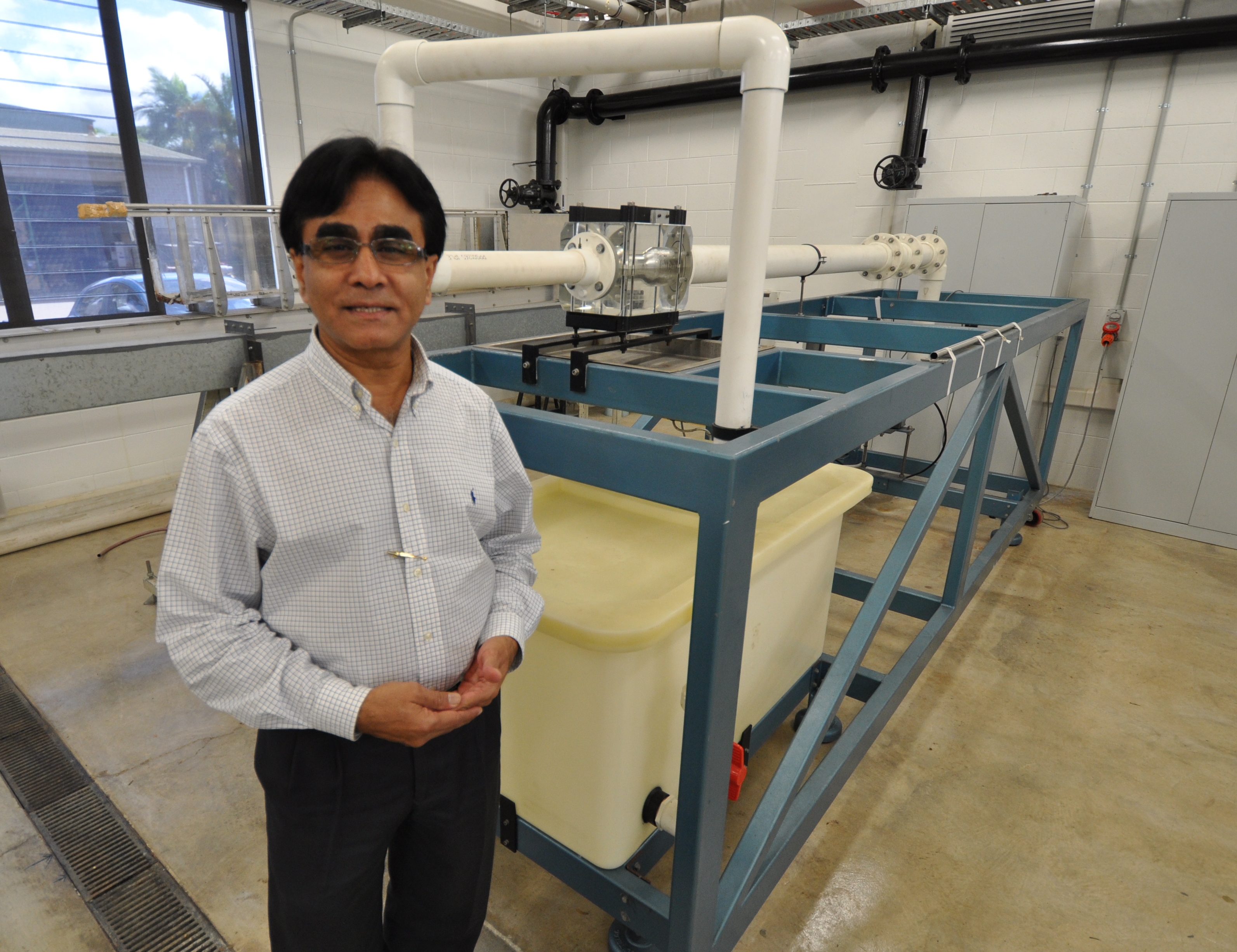
REDUCING DOWNTIME FOR DESCALING AND CLEANING OPERATIONS IN BAYER PLANTS
Reduced flow efficiency due to scale growth and downtime of equipment can cost about a third of the refining process. Scale growth in alumina refineries is a common phenomenon and occurs where supersaturated solutions used in the refining process, known as Bayer liquor, are in contact with solid surfaces. A collaboration between CQUniversity Australia and the Commonwealth Scientific and Industrial Research Organisation (CSIRO) was initiated to examine the effect of fluid flow characteristics, for example; flow velocity and turbulence, on scale formation. The results suggested that the creation of flow instability within the boundary layer of Bayer liquor flow could be used to inhibit or suppress scale growth in the process equipment of Bayer plants (alumina refineries). It was also suggested that an increased flow disturbance or instability in the boundary layer could be used to enhance the effect of scale inhibition. Production of this instability helped achieve a large-scale suppression effect instead of using high velocity, which is difficult to produce due to operational limitations. The results and outcomes of this research project provided solid evidence of the effect of fluid velocity, influencing further research to determine the relationship between fluid dynamics and scale formation mechanisms, including a new novel agitator design, Swirl Flow Technology (SFT), which was introduced as an alternative design to the widely used conventional draft tube agitator system to mitigate scale growth. QAL has adopted the new SFT design and progressively installed this system, resulting in a reduction in scale growth. This has reduced downtime by about 50 percent, saving a significant amount of money, as well as increasing productivity and returns.
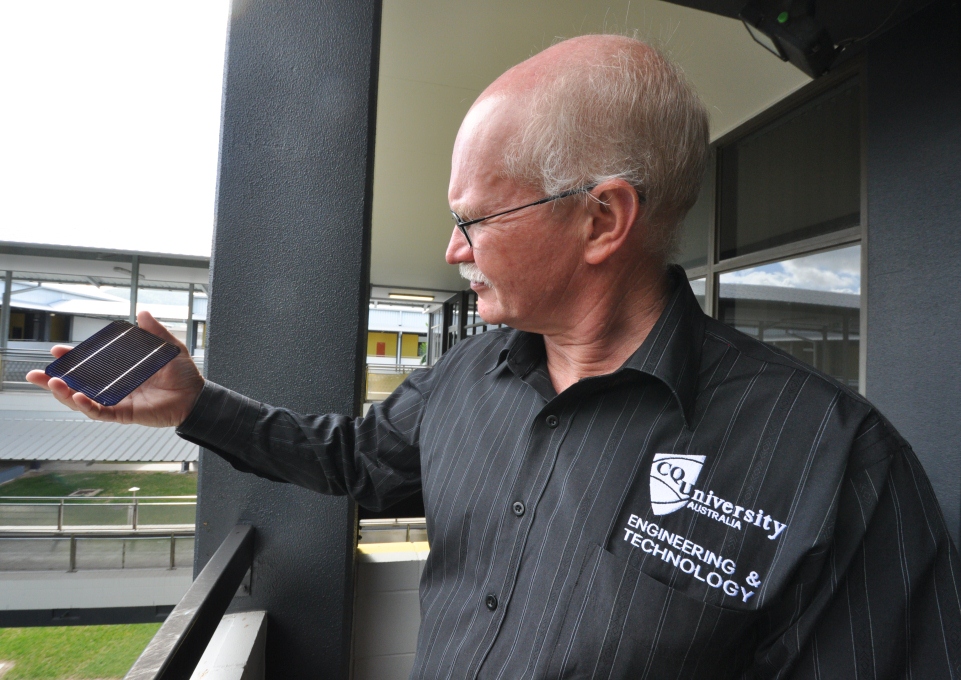
DISTRIBUTED POWER TRACKING FOR SOLAR SYSTEMS
Is there a way to improve the yield of solar power systems on buildings that are often subject to shadowing from the building itself or adjacent buildings or trees? Researchers at CQUniversity have successfully patented a distributed maximum power tracking technology that greatly increases the yield of solar arrays subject to shadowing. It was while managing CQUniversity’s solar car team that Professor Peter Wolfs first identified the opportunity to develop and distribute MPPT technology. Distributed power tracking imparts a benefit on a curved solar array – as found on solar cars, such cars also use arrays that are hand-built from single cells. In this instance the maximum power tracking was even more extreme with a MPPT being applied to the single cells. In this extreme case, where the distribution of many MPPTs were required, there needed to be a focus on methods that resulted in very low MPPT distribution costs and high energy conversion efficiency. This work resulted in Australian and the United States of America patents. Tigo Energy subsequently purchased the rights to the CQUniversity patents, and today, the Australian and United States of America patents continue to be the central core of their distributed MPPT technology.







